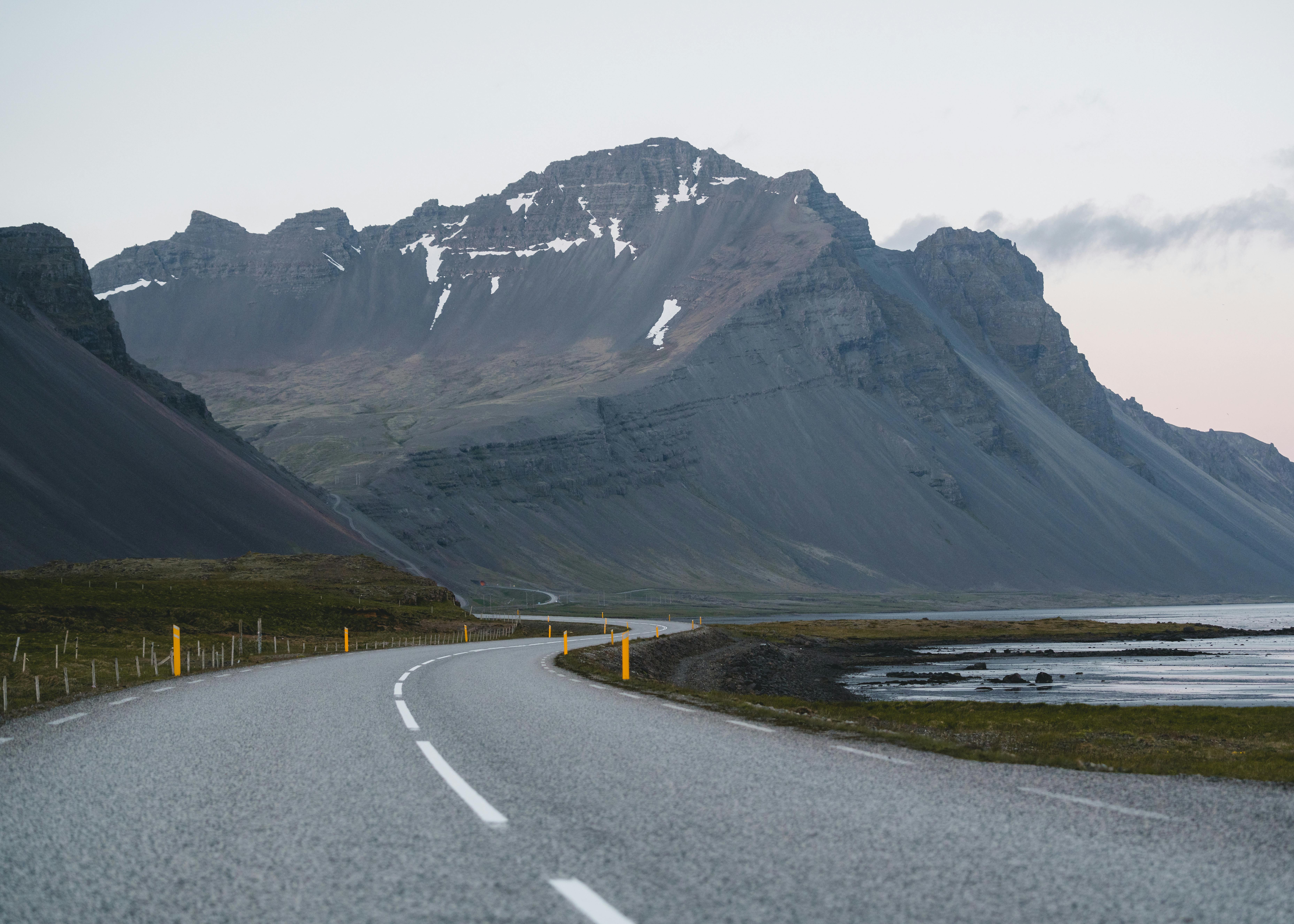Life at Cape Flattery Lighthouse
In March 1778, Captain James Cook sailed the waters off Washington’s north shore, where there was an opening along the coast. He named the place Cabo Flattery because he thought he had been flattered to think it was a passage into the Strait of Juan de Fuca. In his logbook he wrote: “At this same latitude the geographers have placed the so-called Strait of Juan de Fuca. But nothing of that kind was presented to us, nor is it likely that it ever existed.”
Ten years later, Captain John Meares was able to confirm the existence of the Strait of Juan de Fuca when he visited a small island half a mile from Cape Flattery. There he met Tatooche, chief of the Makah Indians. He named the island after Chief Tatooche. The chief used the island as a base during summers when he hunted whales and fished for salmon.
In 1850, William McArthur had just finished surveying the west coast and recommended that a lighthouse be established on the island of Tatooche. In this way the boats could enter the strait at night and not have to wait until dawn. In 1854, Congress was persuaded to allocate $ 39,000 to build lighthouses on Tatoosh Island and New Dungeness Spit. The government had paid $ 30,000 for all of Makah’s traditional lands except for a small reservation in Neah Bay.
The Makah Indians were quite angry with the whites who bought their land and gave the construction team a hostile reception. This was because several hundred Indians had died from a smallpox outbreak in 1853 caused by the “Bostons” disease. During the summer, the Indians continued to use the island to fish and hunt whales. To protect themselves, the construction team built a rough-beam blockhouse before beginning construction of the lighthouse. There was always a member of the crew on watch, but there were no more problems with the Indians than the lack of some tools and supplies.
On December 28, 1857, the first-order Louis Sauter Fresnel lens light was illuminated for the first time on the sixty-six foot tower of the Cape Flattery Lighthouse. This tower was taller than most Cape Cod-style lighthouses. Its white light had a focal plane 162 feet above the sea. Cape Flattery Lighthouse was the 14th established on the West Coast.
The pay of a lighthouse keeper was low and the weather conditions were miserable. In 1861, a visitor to the island saw the dilapidated state of the lighthouse. He saw the leaky ceiling and moss growing on the interior walls. The wind even blew through the chimney causing smoke to invade the homes. Additional fuel was provided to the guards and the district engineer was ordered to find a permanent solution.
In 1873, after several years of deplorable conditions and inept caretakers, the lighthouse house was declared “unfit to be occupied” as the walls were moldy throughout the year. Congress appropriated $ 18,000 to build a new duplex with six bedrooms on each side. The lighthouse rooms, which were previously the guardians’ quarters, are now used for storage.
Very interesting things happened on this island. Francis James was the first main goalkeeper. One day he got mad at an assistant and threw coffee in his face. The two men decided to end the argument with a shootout. They shot each other three times, called it a draw, and shook hands. Later, another assistant confessed to having removed the bullets.
Due to the “playful” nature of single caregivers, it was decided that caregivers with families were more reliable and in 1894, with families arriving on the island, it was determined that more living space was needed. and the lighthouse became habitable again.
On October 27, 1900, assistant goalkeeper Nels Nelson and Frank Reif lost their lives in a small boat during a storm. Their bodies were found more than a week later on Vancouver Island.
In 1900, John W. Cowan, his wife, and their seven children came to the lighthouse and spent 32 years experiencing exciting moments. The children attended school in Portland while staying with relatives. They spent summers at home on the island with their parents. Finally, there were enough children on the island to justify a school.
On February 18, 1911, Cowan saw a ship fighting in a rough sea between Tatoosh Island and Neah Bay. He was able to rescue two Navy radionaries, but was unable to save three others, including his own son Forrest.
There is an unverified story that a 70-mile-per-hour gale hit the island in 1921. Mr. Cowan flew across the island for about 300 feet while clinging to vegetation before crawling to safety. The family bull was listed as “lost at sea.” They were all very surprised and provided him with extra rations when he swam ashore.
Obviously the Cowan family was very well loved. When they left the island after retiring in September 1932, their fellow islanders were crying.
The second assistant guard, Ole Rasmussen, was another victim when he was returning to the island in a small boat. A strong surf capsized his ship and he received a blow to the head.
The weather station was closed in 1966. 1977 brought the automation of the light station. A modern beacon was installed to replace the tower’s Fresnel lens in 1996
The Makah Indian tribe now controls the decommissioned Cape Flattery Lighthouse and the island.
It’s worth the trip to drive to Neah Bay, get out of the car, and walk 75 miles to the tip of the cape, where you can see Tatoosh Island and the lighthouse. This is the westernmost point of the continental United States.
In Port Angeles, you can visit the Museum at 207 South Lincoln Street, where you can see the fourth-order Fresnel lens that was used at Cape Flattery. Museum hours are Wednesday through Saturday from 1 to 4 pm
